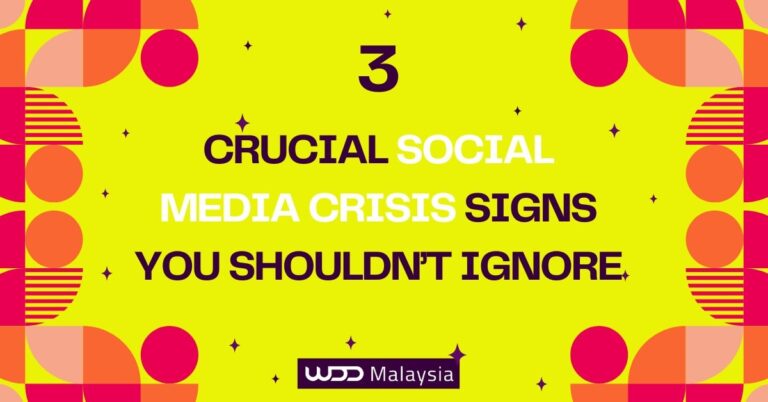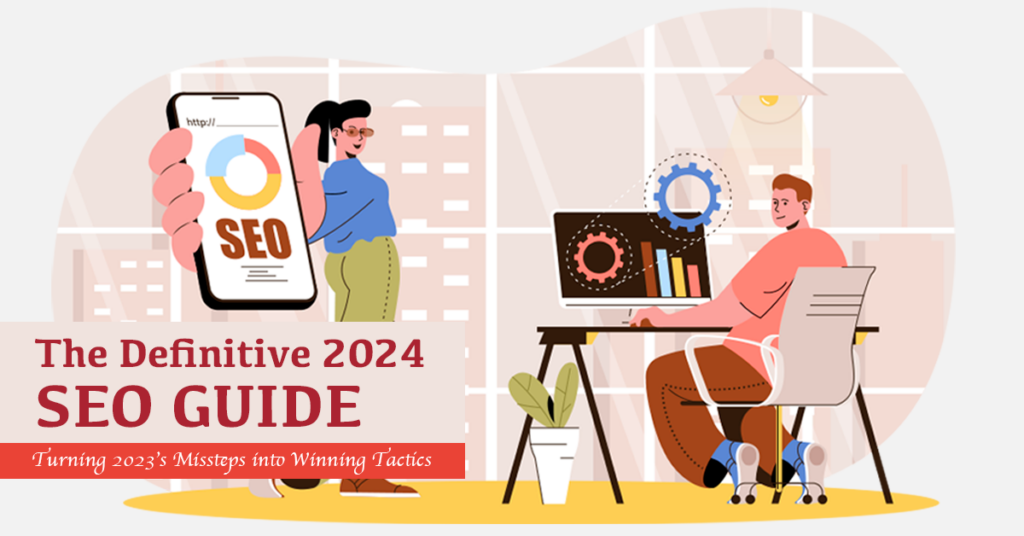
Creating an ultimate on-page seo guide involves covering various key elements that are essential to google seo guide for optimizing individual web pages to rank higher and earn more relevant traffic in search engines. Here’s a structured outline for an international seo for article on this topic:
1. Introduction to On-Page SEO
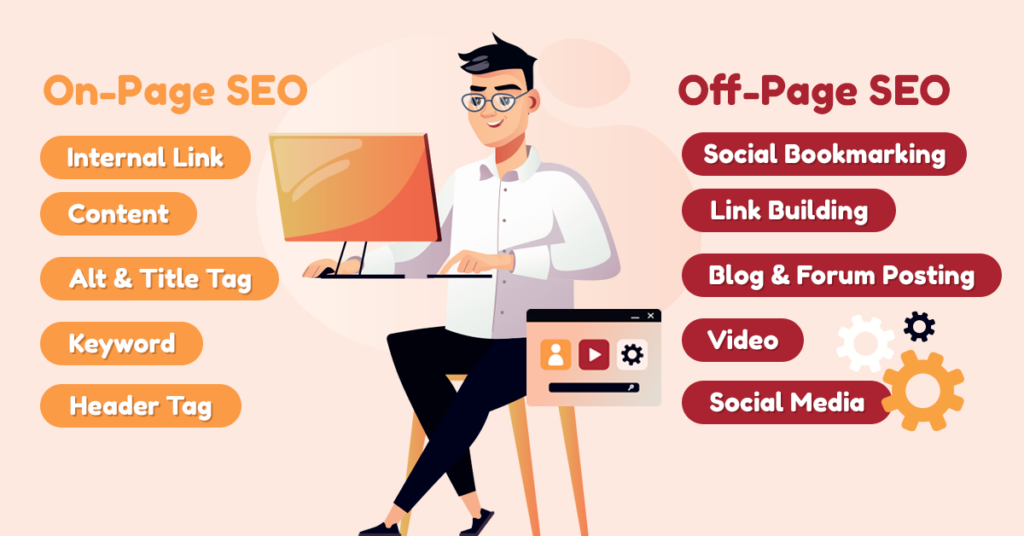
On-page SEO is a vital component of search engine optimization, focusing on enhancing elements within a website to boost its ranking and visibility in Google SEO and other search engine results pages (SERPs). Unlike off-page SEO, which relies on external factors like backlinks, on-page SEO concentrates on optimizing a website’s content and structure. This approach is essential for communicating the relevance and value of a website’s content to search engines and users. By fine-tuning titles, content, images, URLs, and ensuring a high level of usability, websites can improve their visibility in organic search results across various search engines, thereby reaching a broader audience.
Staying up-to-date with the evolving nature of on-page SEO is crucial. As search engine algorithms become more advanced, the standards for effective on-page SEO adjust accordingly. A commitment to regularly refining website elements to align with the latest SEO trends and guidelines is necessary for maintaining and improving online visibility. By integrating on-page SEO with strategies like off-page SEO, website owners can create a comprehensive SEO strategy that addresses all aspects of search engine optimization, ensuring optimal performance in organic search results across all major search engines.
2. Understanding Search Engines

Search engines are essential navigators in the digital realm, guiding users to the desired content. The relationship between the web and search engines is crucial to understanding SEO’s evolution, as the web acts as an information repository that influences human memory and behavior. Understanding how search engines work is crucial for any SEO strategy.
Giants like Google, Bing, and Yahoo utilize search engine crawlers to traverse and index billions of web pages. Complex algorithms then sort these pages to present them in response to relevant search queries. These algorithms, composed of various rules, assess the relevance and quality of web pages, constantly evolving to enhance user experience by delivering the most pertinent content. They evaluate factors such as keyword relevance, site architecture, and user engagement metrics to determine page rankings.
Staying updated with algorithm changes is vital for SEO professionals and website managers. Major updates, like Google’s Panda, Penguin, and BERT, have reshaped the SEO landscape, penalizing low-quality content and rewarding valuable pages. Understanding search engine operations involves more than technical processes; it requires grasping user search intent.
This insight influences how search engines analyze and fulfill queries, guiding effective web page optimization. A comprehensive understanding of search engine functionality and user intent is indispensable for successful on-page SEO, aligning optimization efforts with search engine evaluation and ranking criteria.
3. Keyword Research
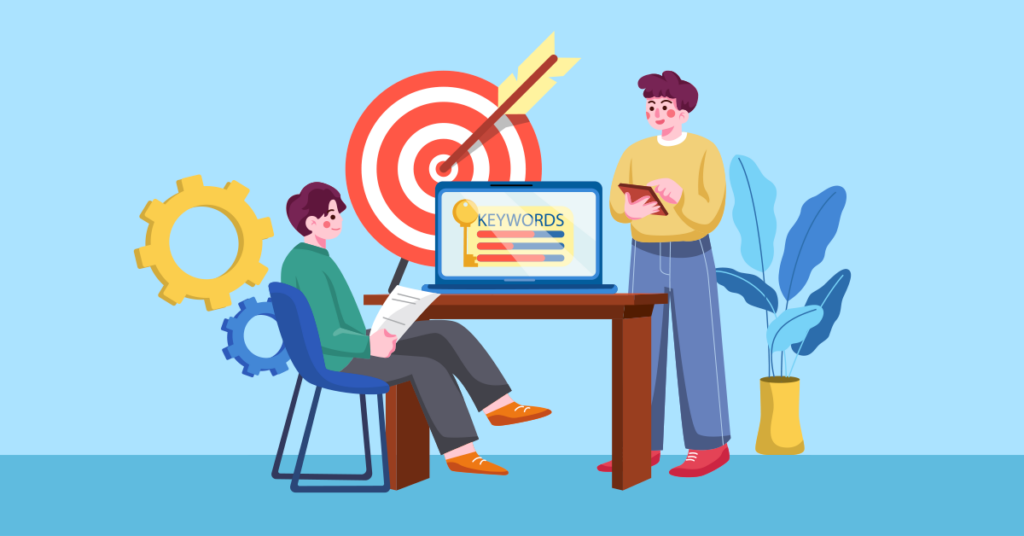
Keyword research is the backbone of on-page SEO, guiding the creation of content that meets user needs and aligns with search engine preferences. Start by understanding the topics and terms your target audience already searches for. Utilize tools like Google Keyword Planner, SEMrush, Ahrefs, and Moz Keyword Explorer to gain insights into search volumes and competitive landscapes. Grasping the intent behind keywords—whether informational, navigational, transactional, or commercial—is crucial, as it directly impacts Google rankings. Focus on long-tail keywords for their specificity and lower competition, which can attract targeted organic traffic to your site.
Effective keyword research goes beyond identifying high-volume terms; it requires a deep understanding of your audience’s search behaviors and needs. This involves seamlessly integrating long-tail and target keywords into your content to boost relevance and visibility. By tailoring your content to align with search intent, you enhance your website’s on-page SEO effectiveness, ultimately improving search rankings and driving organic traffic.
4. Optimizing Content for Search Engine Optimization

Optimizing content for on-page SEO is crucial for enhancing a website’s visibility and ranking on search engine results pages. This process involves creating high-quality content that aligns with user search intent while being informative and engaging. It’s essential to strategically use primary and related keywords naturally within the content to adhere to search engine guidelines and maintain readability.
Long-tail keywords are particularly valuable in this context, as they often cater to niche audiences with specific queries, leading to higher conversion rates due to their precise intent. Additionally, optimizing non-textual elements like images and videos with descriptive file names and alt tags enhances searchability and user experience. Regularly updating existing content is also important, as search engines favor fresh, relevant information. Refreshing older posts with new statistics or recent information can improve their visibility and relevance.
Effective content structuring with appropriate headings and subheadings, using H1, H2, and H3 tags, not only aids SEO but also enhances readability. This organization helps search engines understand the content’s structure, potentially boosting page rankings. By focusing on these elements, optimizing content for on-page SEO becomes a powerful strategy to elevate a website’s search engine rankings and strengthen its digital presence.
5. Title Tags and Meta Descriptions
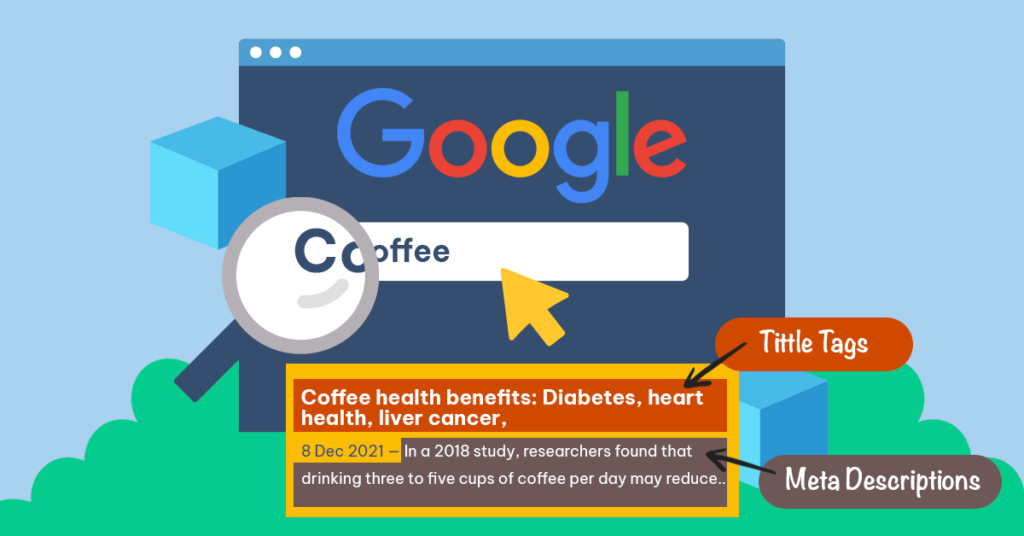
Title tags and meta descriptions are essential for on-page SEO, acting as the first point of contact between users and your site on search engine results pages (SERPs). Title tags serve as clickable headlines, offering a brief overview of the page’s content. To maximize their effectiveness, they should be concise, engaging, and include the target keyword, ideally within 60 characters to ensure full visibility on SERPs.
Meta descriptions, while not a direct ranking factor, play a crucial role in influencing click-through rates by providing a succinct summary of the page. They should be action-oriented, clearly state the value proposition, and include a call-to-action. By incorporating secondary keywords, meta descriptions enhance the page’s relevance and should be around 150-160 characters long to accurately reflect the page content.
The alignment of title tags and meta descriptions with the page content is vital for user experience, affecting metrics like bounce rates and engagement. Regularly revisiting these elements ensures they stay aligned with current keyword trends and user preferences. Moreover, adhering to core web vitals can further optimize their performance.
By effectively managing title tags and meta descriptions, websites can significantly improve their visibility and appeal in search results, leading to enhanced user engagement and higher conversion rates. These elements are powerful tools in a comprehensive SEO strategy.
6. Headers and Subheaders

Headers and subheaders play a pivotal role in on-page SEO, significantly contributing to both the search engine optimization and readability of your content. When we refer to headers, we’re typically talking about the HTML tags H1, H2, H3, and so on. These tags serve as a guide to both your readers and search engines, helping them understand the structure and hierarchy of your content.
Importance of the H1 Tag
The H1 tag is particularly crucial. It’s often considered the main headline of a page and should encapsulate the core theme or topic. Best practices suggest that every page should have a single H1 tag, including your primary keyword. This not only aids search engines in understanding the main focus of your page but also provides a clear, concise headline for your readers.
Subheaders (H2, H3, H4, etc.)
Subheaders such as H2, H3, and further, help in breaking down your content into smaller, more digestible sections. They act like signposts, guiding readers through the article and making it easier to skim. For SEO, including relevant secondary and tertiary keywords in these subheaders can be beneficial. However, it’s important to maintain a natural flow and not overstuff keywords, as this can be detrimental to both readability and SEO.
Enhancing Readability
Good use of headers enhances the readability of your content. It organizes your writing, making it more scannable for readers who often skim through articles online. Well-structured headers can significantly improve the user experience, which is a factor search engines take into account when ranking pages.
Reflecting Content Structure
From an SEO perspective, headers reflect the structure of your content to search engines. A well-organized page with clear headings and subheadings is more likely to be understood by search engine algorithms, which in turn, can positively impact your page’s ranking. This structure also aids in featured snippets and other search engine features that aim to directly answer user queries.
Best Practices
When creating headers, focus on clarity and relevance. Ensure that they accurately reflect the content within each section. Avoid vague or misleading headers, as they can frustrate users and increase bounce rates, negatively affecting your SEO efforts. Also, maintain a hierarchy in your headings – an H2 should be used for main subsections, H3 for points within those subsections, and so on. This hierarchy adds to the clarity and structure of the content.
In summary, headers and subheaders are more than just formatting tools; they are essential elements of on-page SEO. They help in organizing content, improving user experience, and making your page more attractive to search engines. A well-implemented header strategy can significantly enhance the effectiveness of your SEO efforts.
7. Optimizing Images

Images play a pivotal role in enhancing the user experience on a website, but if not optimized properly, they can adversely affect page load speed and, consequently, SEO performance. Optimizing images involves several key steps:
File Format and Compression
Choosing the right file format is essential. Formats like JPEG are generally best for photographs with a variety of colours, while PNGs are better for images with transparency or text. Image compression tools can significantly reduce file sizes without noticeably sacrificing quality, thereby improving page load times.
Descriptive Filenames
Naming image files with descriptive, keyword-relevant names is crucial for SEO. Instead of using generic filenames like “image1.jpg,” use names that describe the image and, if possible, include a relevant keyword. For example, “freshly-baked-chocolate-chip-cookies.jpg” is more informative for search engines.
Alt Text
Alt text (alternative text) provides a textual description of an image for search engines and for users who are unable to see them. This is not only beneficial for SEO but also crucial for web accessibility. The image alt text should be concise and describe the image accurately. Including keywords where appropriate can further enhance SEO.
Responsive Images
With the diverse range of devices used to access websites, ensuring images look good on all devices is important. Using responsive image techniques, such as the HTML srcset attribute, allows the browser to choose the best image size for a given screen, improving load times and user experience.
Image Sitemaps
For websites with a large number of images, or where images are not easily discoverable by search engines (like in JavaScript galleries), creating an image sitemap can help search engines discover and index your images.
Lazy Loading
Implementing lazy loading can also boost web page speed, especially for pages with many images. This technique ensures images are only loaded when they are about to enter the viewport, reducing initial page load time.
Image Size and Quality
Striking the right balance between size and quality is crucial. Large, high-resolution images can drastically slow down page load times. Reducing the dimensions of the image to the maximum size it will be displayed can help reduce the file size.
Use of Content Delivery Network (CDN)
For websites with a global audience, using a CDN can significantly improve image load times. CDNs store copies of your images in multiple, geographically diverse data centres, ensuring faster delivery to users around the world.
By implementing these image optimization techniques, you not only enhance the user experience when creating content but also improve the SEO of your web pages. Optimized images contribute to faster page load speeds, better user engagement, and potentially higher rankings in search engine results.
8. URL Structure

The URL structure of a webpage is a crucial element of on-page SEO, significantly impacting both user experience and search engine rankings. A well-crafted URL is clear and memorable, providing an immediate indication of the page’s content to both users and search engines. Incorporating relevant keywords in URLs enhances their visibility in search results, aiding in discoverability, but it’s important to avoid keyword stuffing, which can appear spammy and detract from user experience.
An effective URL is characterized by its brevity and simplicity. Shorter URLs are easier to read and share, often performing better in search rankings. While including relevant keywords is beneficial, URLs should remain concise and not overly complex. A consistent and logical URL structure across a website enhances navigation and helps users understand the site’s content hierarchy.
Using hyphens instead of underscores for word separation in URLs is recommended, as they are more readable and preferred by search engines. Consistently using lowercase letters avoids confusion and link errors, as URLs are case-sensitive.
Incorporating the URL structure into broader digital marketing strategies, such as link building and social media marketing, can further enhance its effectiveness. A well-structured URL is more likely to be shared and linked back to, boosting its value in link-building campaigns and increasing reach and engagement on social media platforms.
For local businesses, the URL structure can significantly impact local SEO. Including location-specific keywords can help local customers find the business more easily in local search results too. Overall, a thoughtfully planned URL structure is user-friendly, keyword-optimized, and free of unnecessary complexities, improving user experience and contributing to enhanced search engine visibility and ranking.
9. Internal Linking
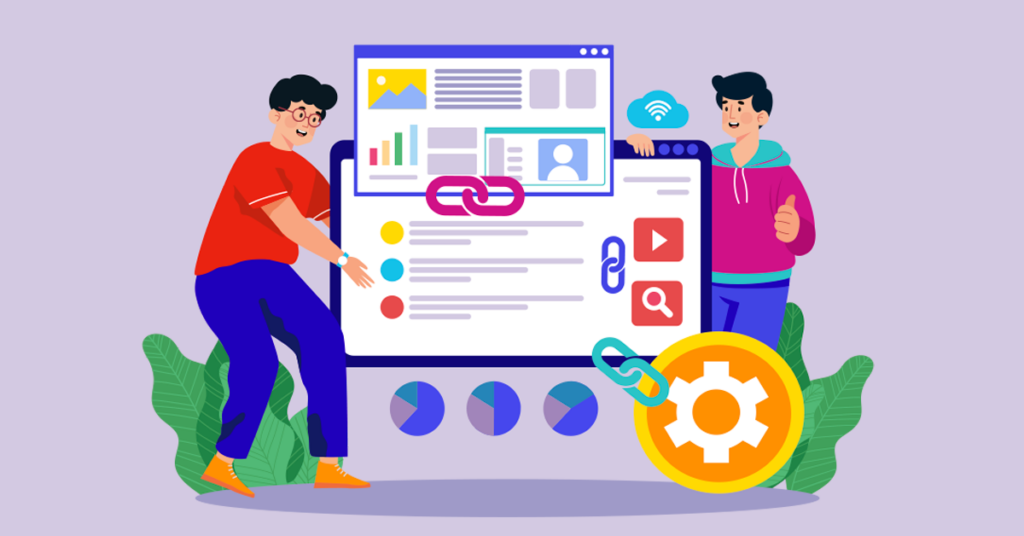
Internal linking is a crucial component of on-page SEO, playing a significant role in shaping site architecture and distributing link equity across the website. This process aids search engines in efficiently crawling and indexing pages, establishing the context and interrelation of pages and ranking system and within the website’s framework. The anchor text used in internal linking is vital; it should be relevant to the destination page and use natural, descriptive language to avoid appearing manipulative to search engines.
The placement of internal links is equally important. Links within the main body of a page carry more weight than those in less prominent areas like the footer or sidebar. Strategic placement not only aids SEO but also enhances user experience by offering pertinent additional information at opportune moments in their content journey.
Internal linking effectively reduces bounce rates by encouraging site exploration, leading to increased search volume and engagement. This user behavior signals to search engines the provision of valuable content, which can positively impact rankings. Additionally, internal linking supports content clustering, where related content on page factors is grouped around a core ‘pillar’ page, bolstering thematic relevance and enhancing the ranking potential of particular pages.
Internal linking also plays a strategic role in guiding users to high-value pages geared towards conversions, like product pages or contact forms. By judiciously adding internal links on informative pages, potential customers can be subtly steered deeper into the sales funnel.
In essence, internal linking transcends mere navigation; it’s a strategic facet of on-page SEO that enriches site structure, bolsters user engagement, and strengthens the thematic relevance and authority of a website in search engine land. Adhering to best practices in anchor text, link placement, and content clustering, internal linking can significantly elevate a website’s visibility and performance in search engine results.
10. Smartphone and Mobile Optimization

In today’s digital landscape, mobile optimization is a critical aspect of on-page SEO due to the widespread use of smartphones for internet access. With search engines like Google prioritizing mobile-first indexing, the mobile version of your website is now considered the primary version for indexing and ranking. This highlights the importance of ensuring your website is fully optimized for mobile users to perform well in Google search results.
Key elements of mobile optimization include a responsive website design, which automatically adjusts layout, images, and content to fit various screen sizes, enhancing user experience and SEO rankings. Page load speed is crucial, especially for mobile users who often have less stable internet connections. Techniques like compressing images, leveraging browser caching, and minimizing heavy scripts can improve speed.
Navigability is paramount; menus, buttons, and links should be easily clickable, and text must be readable without zooming. Simplifying navigation and avoiding intrusive pop-ups significantly enhance user experience. Additionally, content should be mobile-friendly, with concise paragraphs, clear headings, and lists to improve readability on smaller screens.
Lastly, tools like Google’s Mobile-Friendly Test can assess your website’s mobile performance and provide insights for improvement. By focusing on these aspects, you can ensure a better user experience for mobile visitors and improve your website’s search engine rankings.
11. Page Load Speed

Page load speed is a critical aspect of on-page SEO, significantly impacting both search engine rankings and user experience. Search engines like Google favor fast-loading websites to provide users with quick and efficient access to information. In today’s fast-paced digital world, internet users expect immediate results and have little patience for slow websites.
Quick-loading websites tend to have lower bounce rates, as visitors are more likely to stay and engage with the content. Conversely, slow-loading pages frustrate users, leading to higher bounce rates and less time spent on the site. This not only affects user satisfaction but also indirectly impacts search engine rankings, as search engines interpret these user behavior signals as a measure of the website’s value and relevance.
To enhance page load speed, website owners and developers can implement several strategies. Image optimization is key, involving resizing and compressing images to reduce file sizes without compromising quality. Minimizing the use of heavy scripts and plugins, simplifying website code, and leveraging browser caching are also effective methods. Additionally, using content delivery networks (CDNs) can significantly improve load times by distributing the content load across multiple servers globally.
Tools like Google’s PageSpeed Insights offer valuable insights into a page’s performance and provide specific recommendations for improvement. By implementing these suggestions, website owners can achieve significant improvements in page load times, enhancing both user experience and SEO performance.
Ultimately, optimizing page load speed is essential for on-page SEO, directly influencing a website’s search engine ranking and user satisfaction. By focusing on strategies to reduce load times, website owners can significantly enhance their site’s performance, both in terms of SEO and overall user experience.
12. User Experience (UX) and SEO

Understanding the intricate relationship between User Experience (UX) and Search Engine Optimization (SEO) is crucial for on-page SEO success. User Experience encompasses all aspects of an end-user’s interaction with a company, its services, and its website. In the realm of SEO, UX primarily focuses on ensuring that visitors find value in what they’re interacting with on your website.
Website Design and Layout
The design of your website should be intuitive and straightforward. A well-organized site with a clear hierarchy not only aids search engines in understanding your content but also makes it easier for users to navigate. The use of white space, readable fonts, and appealing colour schemes contribute to a positive user experience, which can indirectly boost your SEO by increasing time spent on the site and reducing bounce rates.
Content Readability and Accessibility
The content on your website should be easy to read and accessible to all users, including those with disabilities. This involves using clear headings, short paragraphs, and bullet points to break up text. Including alt text for images not only aids visually impaired users but also helps search engines understand the content of the images, contributing to SEO.
Mobile Responsiveness
With the increasing use of mobile devices to access the internet, mobile responsiveness has become a critical factor in both UX and SEO. Websites that are not optimized for mobile can suffer in search engine rankings. A mobile-friendly website provides a better user experience, keeping visitors engaged and reducing bounce rates.
Site Speed
Page load speed is a vital aspect of user experience. Slow-loading websites lead to frustration and high bounce rates, negatively impacting your SEO. Optimizing images, using cache, and minimising the use of heavy scripts can enhance site speed, thereby improving both UX and SEO.
Interactive Elements
Interactive elements like buttons, links, and forms should be easy to identify and use. Complicated or non-functional elements can frustrate users and harm your SEO by increasing bounce rates. Ensuring that these elements work seamlessly across all devices and browsers is essential.
User Engagement
Encouraging user engagement, such as comments, shares, and time spent on the page, is an integral part of UX that also benefits SEO. Engaging content that prompts user interaction is seen favourably by search engines, as it indicates the content’s relevance and value.
Feedback and Adaptation
Continuously gathering feedback about user experience and making necessary adjustments is key. Utilizing tools like heat maps, user surveys, and analytics can provide insights into how users interact with your site, allowing for data-driven improvements.
An excellent user experience is not just about making your site user-friendly; it’s about creating a seamless, engaging, and accessible environment that satisfies users’ needs and preferences. By doing so, not only does your site become more appealing to visitors, but it also aligns well with SEO best practices, leading to better search engine rankings and overall online success.
13. Schema Markup
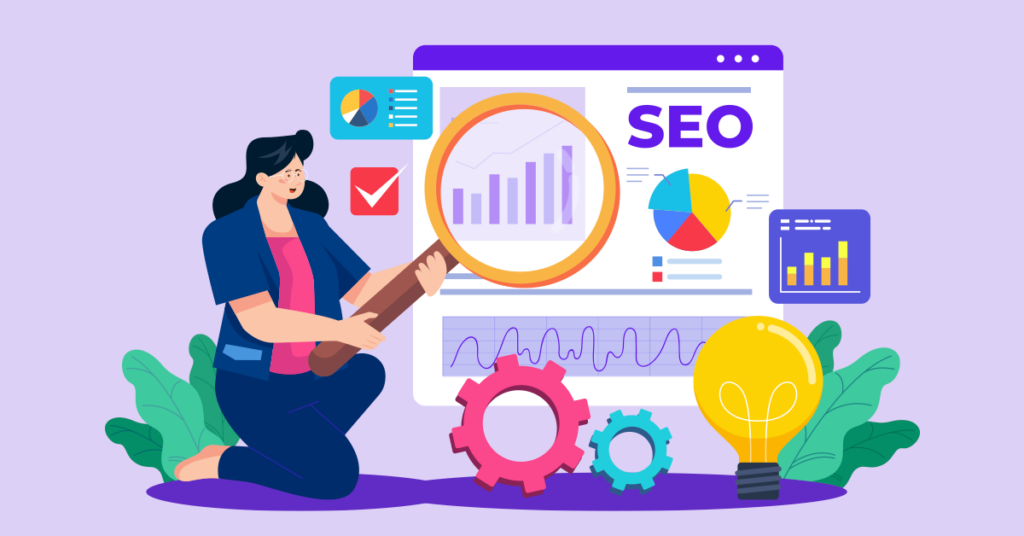
Schema Markup is a semantic vocabulary added to websites to enhance search engine results. By implementing schema, webmasters can improve how their pages appear in search engine results pages (SERPs), potentially increasing visibility and click-through rates. This markup allows search engines to better understand the content of web pages, making them more informative for users.
For instance, e-commerce sites can use schema markup to display product details like price and availability directly in search results. Similarly, a recipe blog can showcase star ratings, preparation time, and calorie count in SERP snippets. Implementing schema involves selecting the appropriate type from options like Product, Article, or Event, and adding it to the HTML of your web pages. Google’s Structured Data Markup Helper can simplify this process by generating the required code, which you can then integrate into your site’s HTML.
After adding schema markup, it’s crucial to test and validate the code using tools like Google’s Structured Data Testing Tool. This ensures that Google correctly interprets the markup and displays it in search results. While schema markup doesn’t directly affect search rankings, it significantly enhances the appearance of your listings, making them more attractive to users and potentially boosting click-through rates.
Incorporating schema markup is a powerful on-page SEO tool. It improves the way your pages are displayed in search results, making them more appealing and informative, which can lead to increased engagement and traffic. Staying informed and implementing schema markup can provide a competitive edge in the ever-evolving digital landscape.
14. Social Media Integration

Social signals, and social media traffic while not directly affecting search engine rankings, significantly enhance a website’s visibility and user engagement. By integrating social sharing buttons, users are encouraged to share content across their networks, leading to increased traffic and boosting the site’s authority and relevance. This sharing indirectly supports SEO efforts by expanding brand exposure and attracting more visitors.
Incorporating social media elements such as feeds or user-generated content like reviews can further enhance engagement. These features keep visitors on your site longer, reducing bounce rates and signaling to search engines that your content is valuable. Promoting content through social media also helps build a community around your brand, fostering trust and authority.
Maintaining consistent messaging and branding across your website and social media platforms is essential for establishing a recognizable online presence. By integrating social media effectively, you not only enhance your on-page SEO efforts but also create a cohesive, engaging experience for your audience, ultimately boosting brand awareness and loyalty.
15. Regular Content Updates

Regular content updates are vital for on-page SEO, keeping your website dynamic and relevant to search engines like Google. By frequently refreshing pages, you signal activity and currency, which can improve search rankings. This practice ensures your information remains accurate, boosting user trust and engagement.
Updating content allows you to incorporate new keywords and topics that are trending in your industry, capturing emerging organic search traffic and maintaining competitiveness. This approach keeps your website aligned with evolving search engine algorithms, enhancing user engagement by encouraging visitors to return and interact more with your content.
Content updates also offer the chance to refine your internal linking structure. Adding new content or revising existing pages enables more internal links, improving navigation and distributing link equity across your site. This strategic linking enhances thematic relevance, supporting your SEO efforts.
Approach content updates strategically by focusing on high-traffic pages or those critical to business objectives. Use analytics to identify pages that would benefit most from updates and prioritize accordingly. Regular updates can significantly boost your website’s search visibility and maintain its value as a user resource.
16. Monitoring and Analysing Performance

Effective on-page SEO is not just about implementing strategies; it’s also about evaluating their performance. This process involves using a variety of tools to track and analyze how well your web pages are performing in search engine rankings, how users are engaging with your content, and identifying areas for improvement.
Tools for Tracking Performance
There are several tools available for monitoring on-page SEO. Google Analytics is a fundamental tool, offering insights into website traffic, user behavior, and conversion rates. Google Search Console provides specific data on search queries, click-through rates, and the health of your website in Google’s search index. Other tools like SEMrush, Ahrefs, and Moz offer more detailed analyses, including keyword rankings, backlink profiles, and competitor analysis.
Key Metrics to Monitor
It’s important to focus on the right metrics to understand the impact of your on-page SEO efforts. Key metrics include organic traffic, which reflects the number of visitors coming to your site through search engines. Page load speed is crucial as it can directly impact user experience and search rankings. Monitor bounce rates to understand if your content is engaging enough to keep visitors on your page. Keyword rankings are essential for assessing how well your pages are performing for targeted keywords. Conversion rates indicate whether your SEO efforts are translating into desired actions, such as sales, sign-ups, or downloads.
Analyzing User Engagement
Tools like heat maps and session recordings (offered by platforms like Hotjar or Crazy Egg) can provide deeper insights into how users interact with your pages. These tools help in understanding which parts of your page attract more attention and where users tend to drop off, allowing you to make data-driven improvements.
Responding to Analytics
The true value in tracking and analyzing on-page SEO performance lies in how you respond to the data. It’s about making iterative improvements. For instance, if certain pages have high bounce rates, it may indicate a need for better content or more engaging calls-to-action. If specific keywords are underperforming, it may be time to reevaluate your keyword strategy or enhance your content for better relevancy.
Ongoing Process
SEO is not a set-and-forget strategy. The digital landscape, including search engine algorithms, is always evolving. Regular monitoring ensures that your website and seo marketing strategy remains in tune with these changes and continues to perform well in search rankings. It’s about adapting and refining strategies based on what the data tells you.
17. Common On-Page SEO Mistakes to Avoid
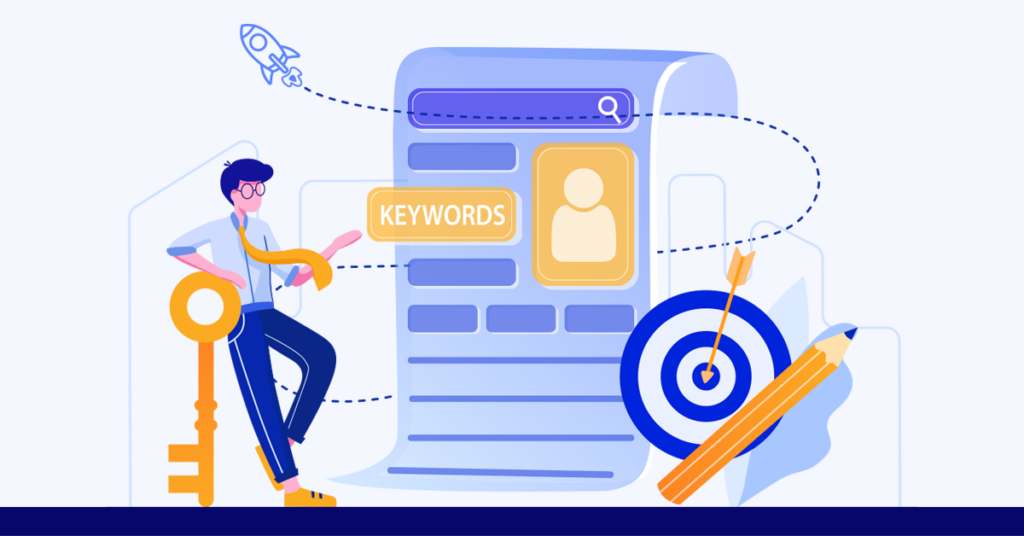
Neglecting keyword optimization is a frequent on-page SEO mistake. While overstuffing keywords is outdated and penalized, failing to include relevant keywords can also harm your SEO efforts. Effective keyword use involves strategically placing them in the title tag, headings, and throughout the content naturally and relevantly.
Another common error is overlooking high-quality, unique content. Search engines prioritize valuable content, so duplicating from other sites or offering thin content can negatively impact SEO. Many overlook image optimization, missing out on SEO opportunities by not using descriptive, keyword-rich file names and alt tags, which are crucial for image search optimization and accessibility.
User experience (UX) is another critical aspect often ignored. Websites that are hard to navigate, have poor mobile experiences, or load slowly can suffer in search rankings. Page load speed is essential; slow pages increase bounce rates and reduce user engagement.
Lastly, some neglect internal linking and content updates. Internal links help spread link equity, aid navigation, and establish information hierarchy. Regular content updates keep it relevant and can improve visibility in search results. Avoiding these mistakes can significantly enhance on-page SEO, leading to better search engine rankings and improved traffic.
Conclusion

On-page SEO plays an essential role in any successful digital marketing strategy, focusing on practices like keyword optimization and user experience enhancement to boost website visibility and search engine rankings. By implementing these strategies, your site can appear in top search results, attract more traffic, and achieve your business goals.
Mastering on-page SEO requires expertise and continuous effort, which is where WDD Malaysia comes in. As specialists in custom website optimization, our team is equipped with the knowledge and tools to elevate your website’s performance, tailored to your unique business needs.
With WDD Malaysia, you gain a dedicated partner committed to understanding your business objectives and translating them into a robust online presence. Our comprehensive approach includes keyword analysis, content optimization, the technical aspects of SEO, and mobile optimization, ensuring your website climbs and maintains top rankings.
Whether launching a new site or improving an existing one, WDD Malaysia is here to guide you. Contact us today to transform your website into a powerful asset that drives growth and success. Your journey to the top of search engine results starts here!




